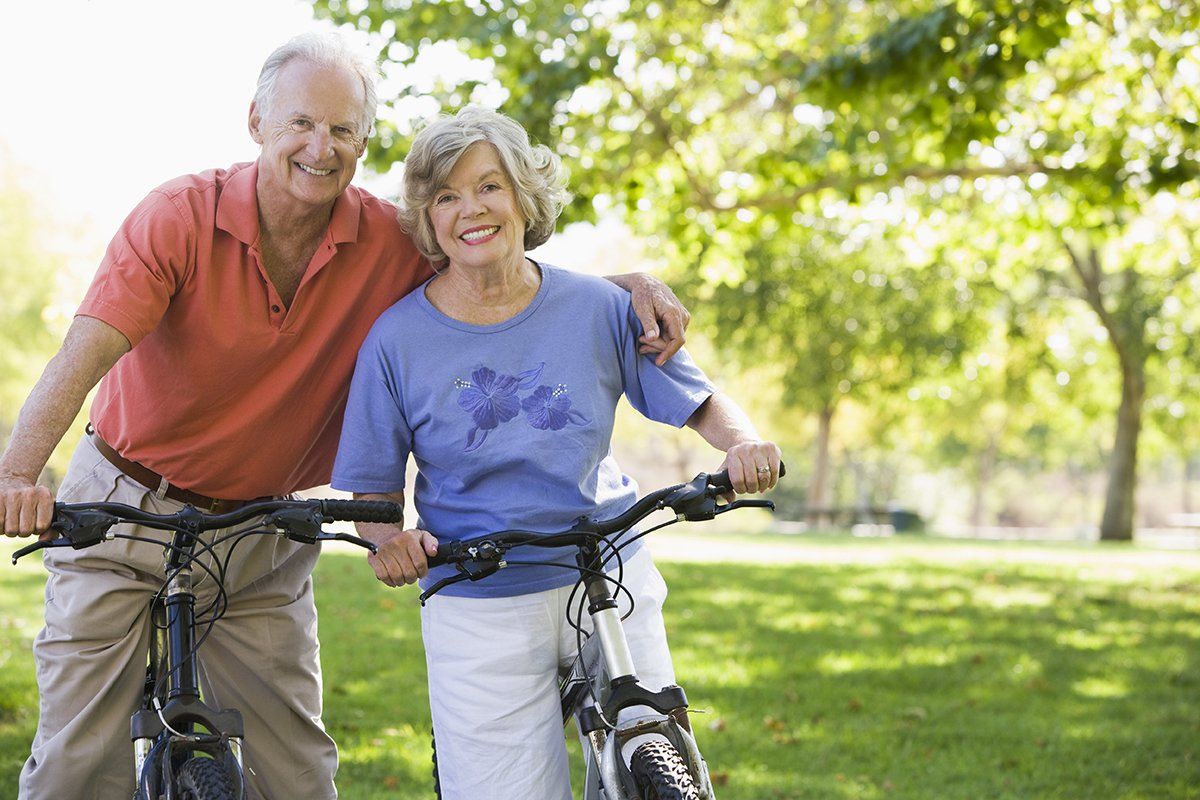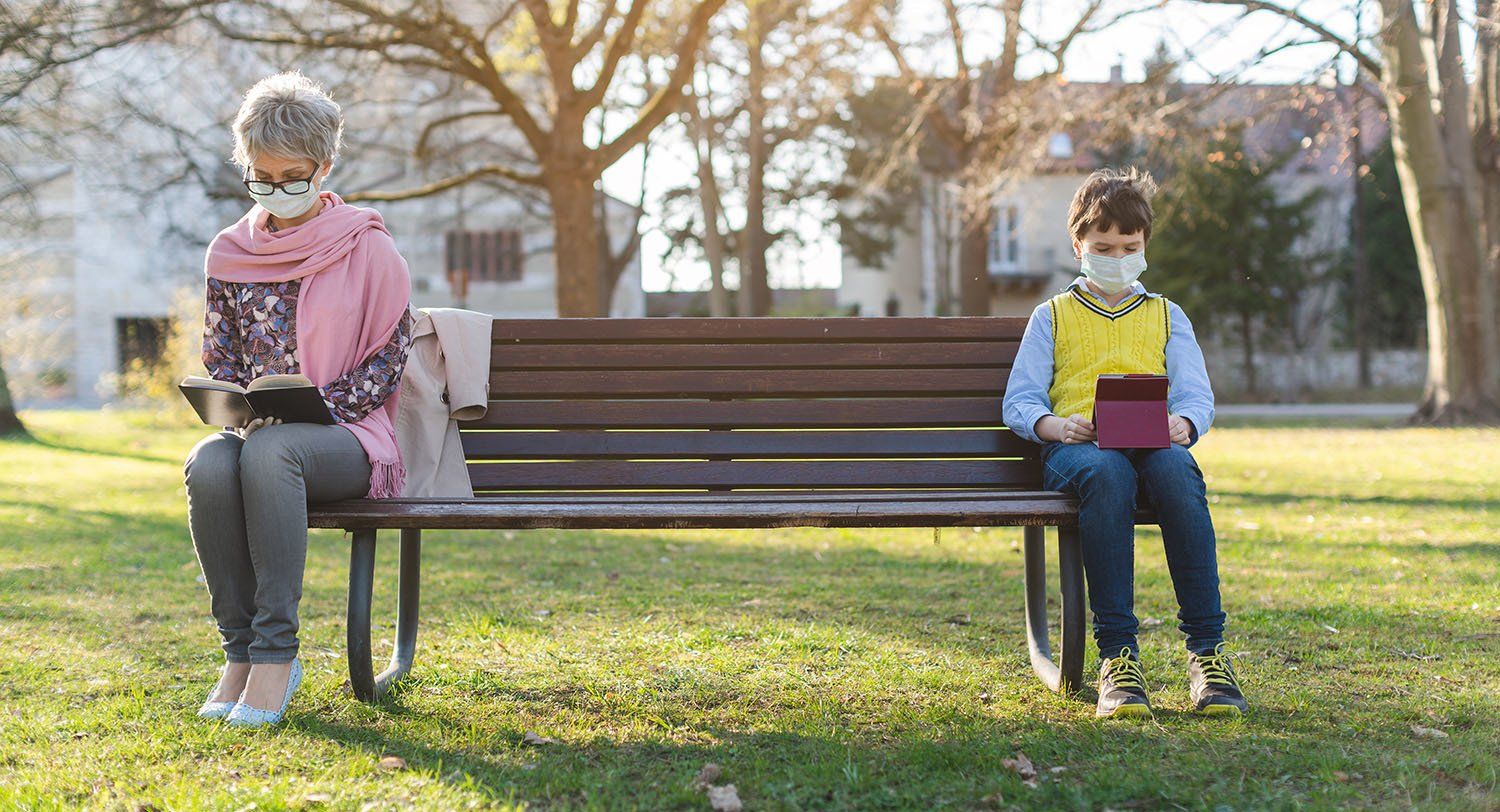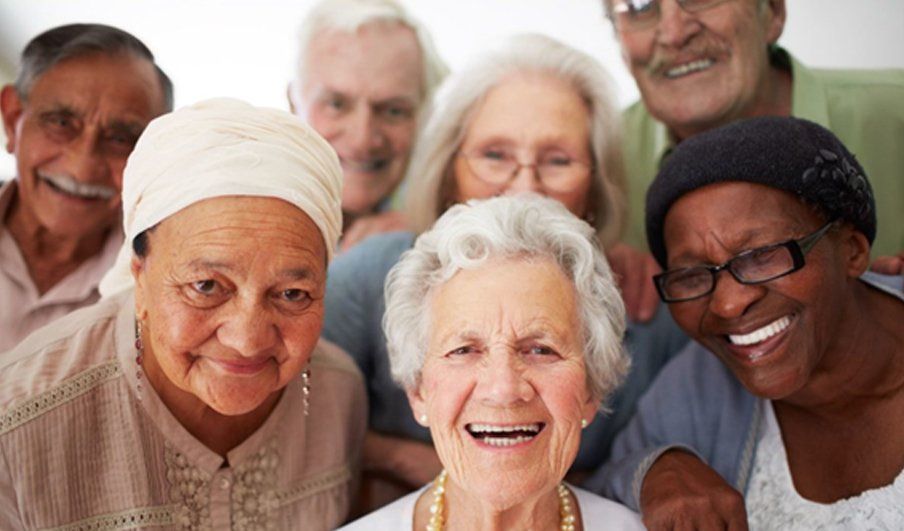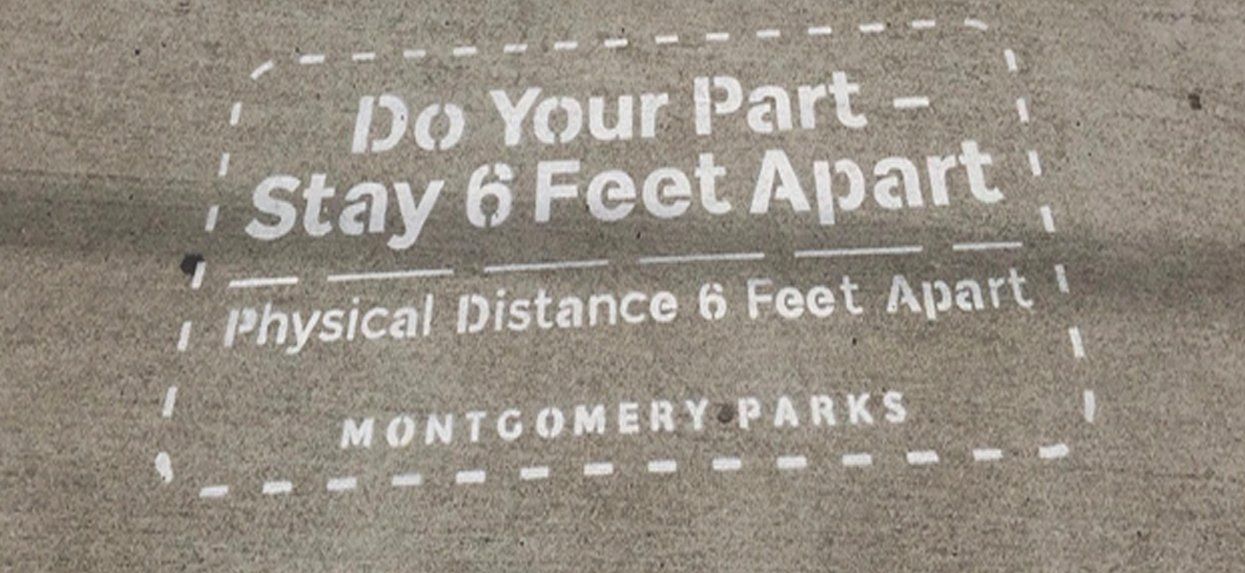World Mental Health Day
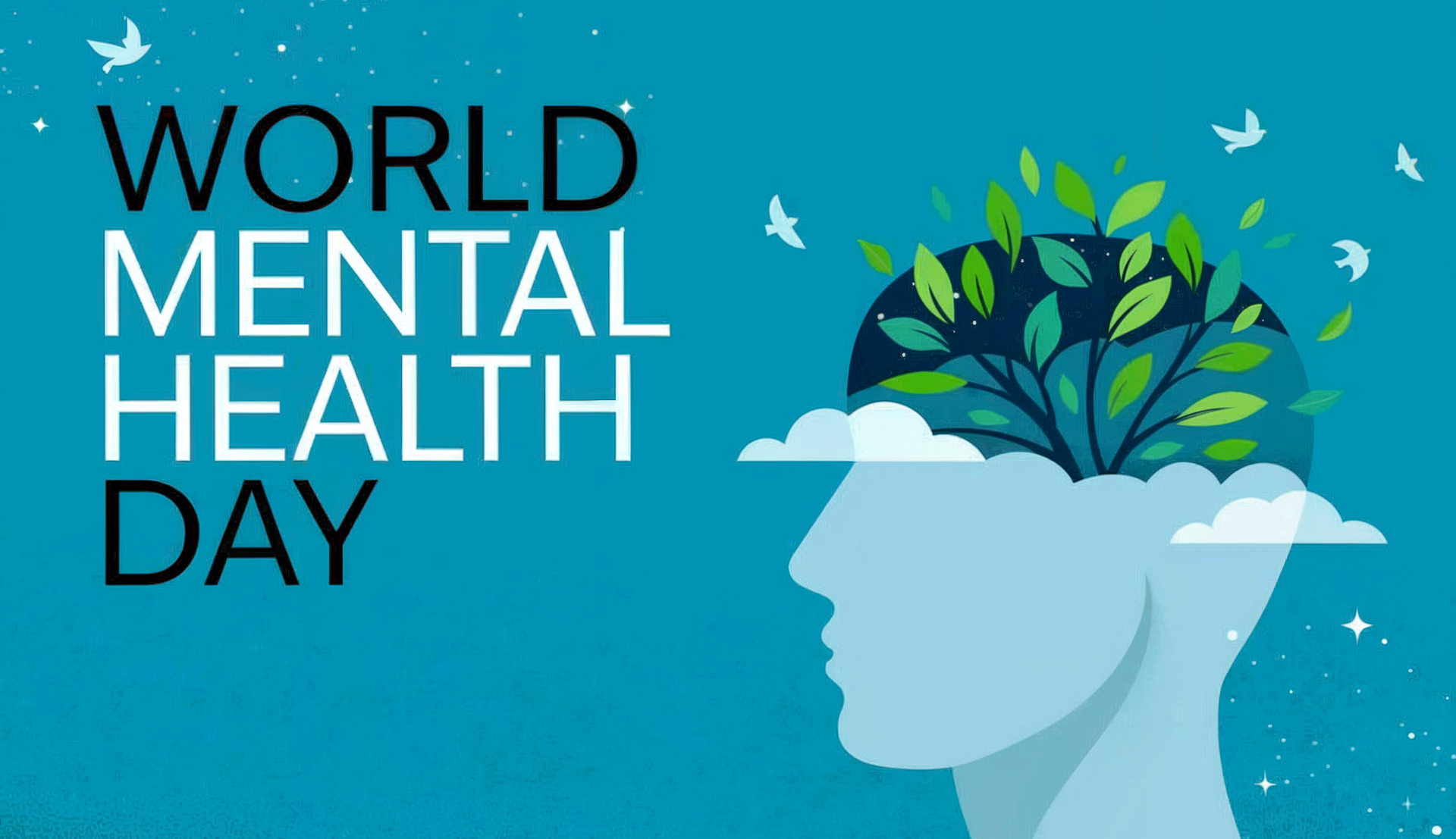
It is not surprising that during these unprecedented times, anxiety disorders are the highest reported mental health issue in the US with 42.5 million Americans claiming to suffer from this illness. We can experience greater mental and emotional fatigue. We may think that an aspirin, a nap, or a drink of wine will make things better. And sometimes it does. And sometimes it doesn’t. Similar to mistaking a fractured bone for a simple sprain, mental and emotional well-being often requires dedicated attention—particularly during challenging periods.
The World Mental Health Day, initiated by World Federation for Mental Health and the World Health Organization in 1992, was created for times such as these. It aims to raise awareness and reduce stigma around mental health. This year’s theme emphasizes ensuring access to services during crises, highlighting the importance of maintaining support for mental and emotional health. Effective strategies include coping with adversity, developing healthy mechanisms for managing stress, nurturing relationships, and addressing mood disorders. The following recommendations aim to support overall mental health:
- Acknowledge how you’re feeling. Notice and name your feelings. There’s no right or wrong way to feel. Talking to a trusted person or seeking professional assistance can be helpful.
- Participate in calming activities. Utilize stress-management techniques such as meditation or yoga to facilitate relaxation. Consider limiting digital device usage.
- Incorporate regular physical activity. Engage in exercise—walking, stretching, chair yoga, swimming, hiking, or other suitable forms of movement—to enhance well-being.
- Foster community connections. Building and sustaining relationships with biological and chosen family, colleagues, and friends can alleviate loneliness and provide essential support networks.
- Optimize sleep hygiene. Establish consistent bedtime routines, such as budgeting 30 minutes for winding down, create a calming environment, and unplugging from electronics.
On this World Mental Health Day, we are reminded that we are not alone, and we do have support. If you're feeling depressed or experiencing other mental health concerns, know that these are treatable health conditions. Remember that wherever you are on your life’s journey, prioritizing mental health enables a fuller and more rewarding life.
Dr. Imani Woody is an internationally and nationally recognized thought leader and an advocate of women, people of color and lesbian, gay, bisexual, transgender, queer/same gender loving (LGBTQ+/SGL) people. For more than 20 years, she has been a personal and professional coach assisting people of color and women to live their lives more fully through visioning.
2.
Mastering Sleep Hygiene: Your Path to Quality Sleep
Must Read Newsletter
Sign up for news and events
Newsletter
Most Popular
